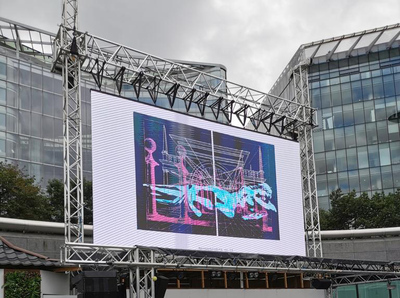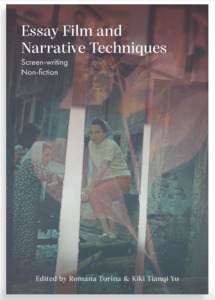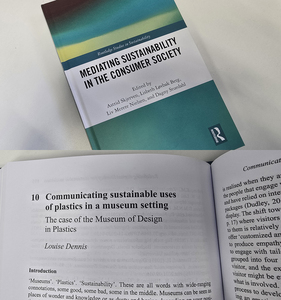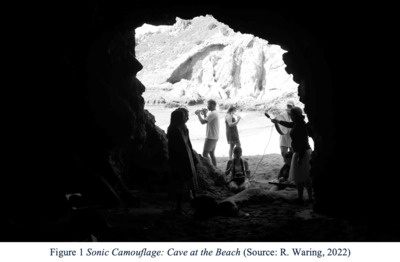In exploring the mnemonic role of gardens, this paper will first focus on the value of gardens as both a palliative for melancholy, as liminal enclaves, and as carefully constructed surrogate memory systems. Their importance as places for reflection and recovery is examined through the lens of post-war Flanders, with a brief examination of the immense task required to recover the land from the trauma of the First World War. The paper then examines the manner in which pilgrims and veterans took their personal narratives to the battle zones. With so little to see, the bereaved had to reclaim lost names from the lost land; this process is explored through the work of the gardeners who had to ‘plant’ memory and to architects who designed vast monuments to enumerate those who had simply vanished without trace. Noting Fabian Ware’s transformational contribution to this process, this paper examines how the sites of battle became named and reclaimed, how shallow ditches and slight mounds were rendered sites of reverence, and how garden cemeteries have become the epicentres of ritual remembering. Two ‘mirror’ sites of national memory are examined – the ‘Anzac’ headland in Turkey, and the Memorial parkland and gardens of Shrine Reserve in central Melbourne, both hallowed places strewn with symbolic trees, designed gardens and abundant rhetorical ‘topoi’. They are also places where the seed and soil of distant battlefields has been mingled with the national landscape, where the front has literally been transplanted to another country. The paper concludes by suggesting that the garden memorial is an essential component in the future of remembering, creating open and inclusive spaces which rely on participation and careful nurturing to ensure that memory stays alert, relevant, and passed on from generation to generation.
 |



 Lists
Lists Lists
Lists










